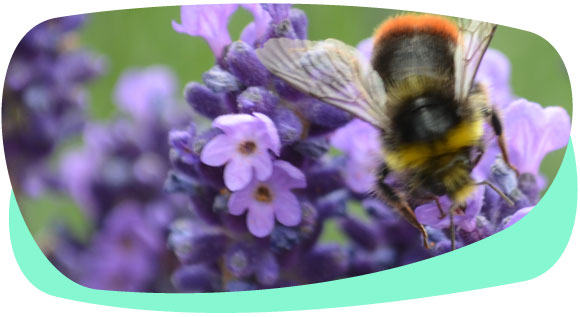Your own backyard is a tiny piece of the vast beauty which is life on Earth and the more you get into wildlife gardening, the more real and exciting this becomes. The total area covered by gardens is so huge that gardeners can make a significant contribution towards helping to protect native species, all the more so because gardens between them make networks of green space, providing corridors for wildlife right into the heart of our cities.
And wildlife gardens don’t have to look “wild”. “The real differences between ‘wildlife’ and ‘normal’ gardens lie not in the gardens themselves, but in the outlook of the people who look after them.”
Flora locale is a registered charity that encourages, across Britain and Ireland, the wise use of wild plants for planting schemes that have wildlife in mind. It provides guidelines on planting for biodiversity and its website includes, among much other information, details of suppliers of native plants and seeds, including native trees and shrubs. The Ernest Charles Wildlife Gardening Catalogue stocks a large range of bird tables, bird food and other wildlife gardening products but many of the organic gardening suppliers will sell wildlife gardening products as well. Vital visitors to our gardens are bees, and the Bumblebee Conservation Trust has lots of information and advice on how to encourage these important pollinators.
- If you have a bird table you’ve already started. Garden birds need extra food because there is so little left of the natural habitat which used to provide them with all the seeds, berries and insects that they required. Supplies of special food are available both for birds and for an ever-increasing array of other garden guests, including hedgehogs and even badgers.
- A more natural approach is to design your garden to produce food on site. Seeding plants are what some birds need – these can include garden favourites such as scabious, evening primrose, forget-me-not, antirrhinum. (You have to let them run to seed, of course.) Others need berries, such as hawthorn, cotoneaster, berberis, pyracantha.
- Creatures need shelter, as well as food.There are purpose-built boxes for birds, bats, toads/frogs, ladybirds, lacewings, bumblebees, red mason bees (your “pollinating pets”!).
- Like food, shelter can be produced on site, as well:
- Birds can use bushes and climbers (but always be aware of cats).
- Ponds attract and support a multitude of creatures. Make sure your pond has an escape slope for hedgehogs and frogs, and shallow areas where insects can breed away from hungry fish.
- Leafy climbers such as ivy growing up walls and fences provide shelter for insects which then become food for birds.
- Plants for predator insects – hoverflies, lacewings, ladybirds. These can be part of a cunning gardener’s pest control strategy.
